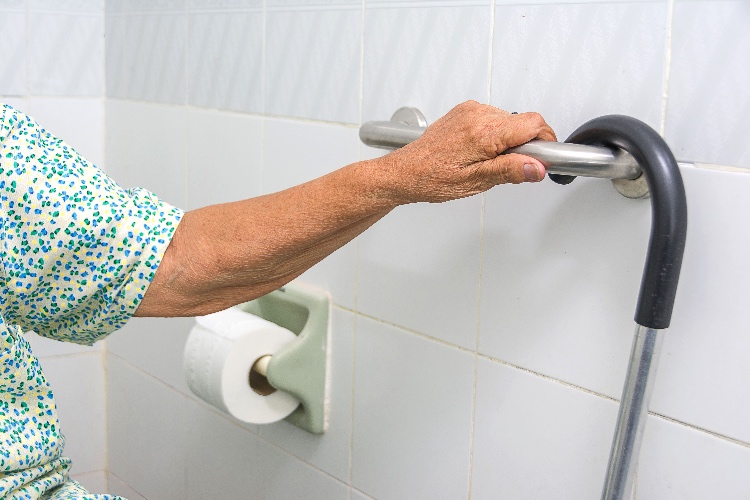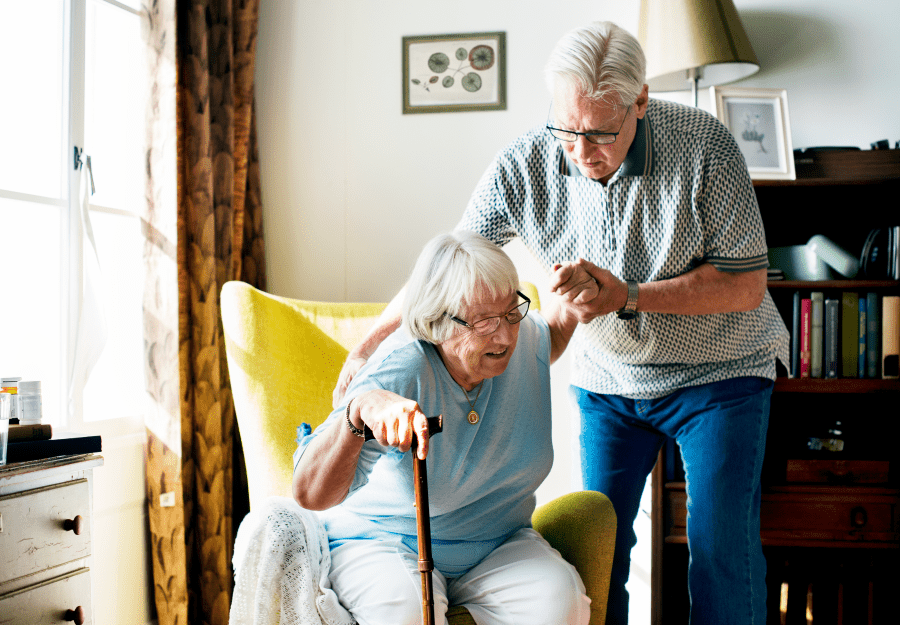As our loved ones age, ensuring their safety at home becomes a top priority. Making home safety modifications for seniors can significantly reduce the risk of accidents and enhance their quality of life. In this guide, we will explore various modifications that can help create a safer living environment for seniors.

Understanding the Importance of Home Safety
Home safety is crucial for seniors, as it helps in preventing falls and other accidents. According to the Centers for Disease Control and Prevention, more than one out of four older people falls each year, but less than half tell their doctor. Falls can lead to serious injuries, such as hip fractures and head injuries.
Identifying Common Hazards
Before making modifications, it’s essential to identify potential hazards in the home. These might include slippery floors, poor lighting, and cluttered spaces. A thorough assessment can help pinpoint areas that need attention.
Slippery Floors
Slippery floors are a common cause of falls. Consider installing non-slip flooring or applying non-slip mats in areas prone to moisture, such as bathrooms and kitchens.
Poor Lighting
Adequate lighting is vital in preventing accidents. Ensure that all areas of the home, including hallways and staircases, are well-lit. Motion-sensor lights can be particularly helpful.
Cluttered Spaces
Keep pathways clear of clutter to reduce the risk of tripping. Encourage seniors to declutter regularly and arrange furniture to allow easy navigation.
Key Modifications for Home Safety
Let’s delve into specific modifications that can enhance home safety for seniors.
Bathroom Safety
The bathroom is one of the most hazardous areas for seniors. Installing grab bars near the toilet and in the shower can provide support and balance. A shower chair can also make bathing safer and more comfortable.
Kitchen Modifications
In the kitchen, consider installing pull-out shelves to reduce the need for reaching and bending. Ensure that frequently used items are within easy reach.
Entryway and Stairs Safety
Entryways and stairs are other critical areas to address. Install threshold ramps for easier access, and add handrails on both sides of staircases.
Technology and Home Safety
Technology can play a significant role in enhancing home safety for seniors. From fall detection systems to smart home devices, there are numerous options available.
Fall Detection Systems
Fall detection systems can alert caregivers in case of a fall, ensuring timely assistance. These systems are available in various forms, including wearable devices and in-home sensors.
Smart Home Devices
Smart home devices, such as automated lighting and voice-activated assistants, can make daily tasks easier and safer for seniors. These devices can be controlled remotely, providing peace of mind for family members.
Working with Professionals
For comprehensive modifications, consider working with professionals who specialize in senior home safety. Occupational therapists and home modification experts can provide valuable insights and solutions tailored to individual needs.
Creating a Supportive Environment
Beyond physical modifications, creating a supportive environment is essential. Encourage social interaction, ensure regular check-ins, and provide emotional support to promote overall well-being.
Community Resources
Explore community resources and support groups that can offer assistance and companionship for seniors. Many communities have programs specifically designed to support aging individuals.
Cost Considerations
While some modifications may require an investment, there are cost-effective solutions available. Research grants and funding options that can help offset expenses.
Maintaining Safety Over Time
Regular assessments and updates are crucial in maintaining home safety. As needs change, ensure that modifications are adjusted accordingly.
Conclusion
Implementing home safety modifications for seniors is a proactive step in ensuring their safety and independence. By addressing potential hazards and incorporating technology, we can create a secure and comfortable living environment for our loved ones.

FAQs
What are the most common home hazards for seniors?
Common hazards include slippery floors, poor lighting, and cluttered spaces. Identifying and addressing these can significantly reduce the risk of accidents.
How can technology aid in senior home safety?
Technology, such as fall detection systems and smart home devices, can enhance safety by providing timely alerts and making daily tasks easier.
Are there cost-effective ways to improve home safety?
Yes, there are numerous cost-effective solutions available, such as non-slip mats, grab bars, and smart lighting. Researching funding options can also help manage expenses.
For more tips on designing safe living spaces, check out this resource.
This article contains affiliate links. We may earn a commission at no extra cost to you.






